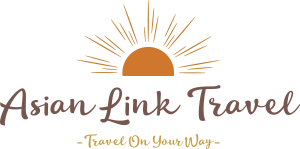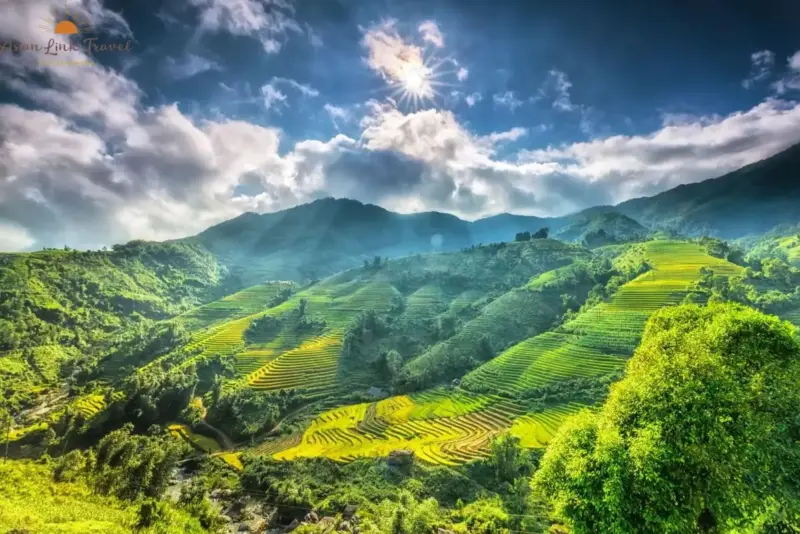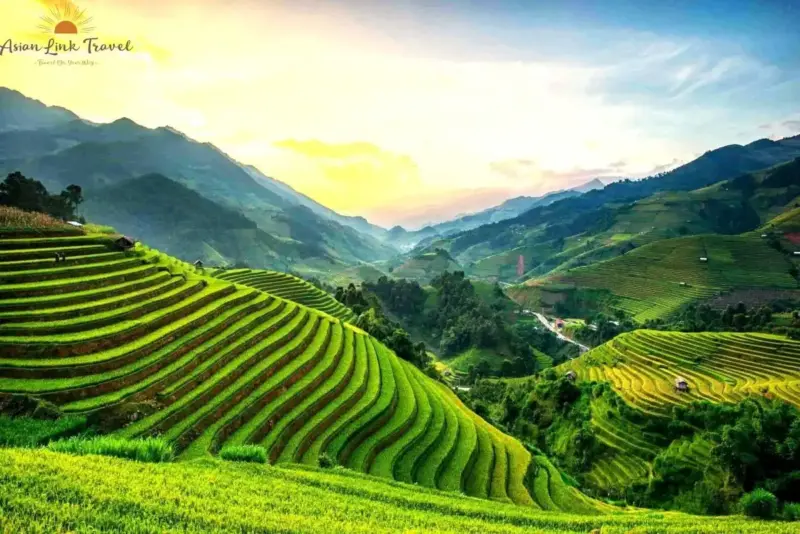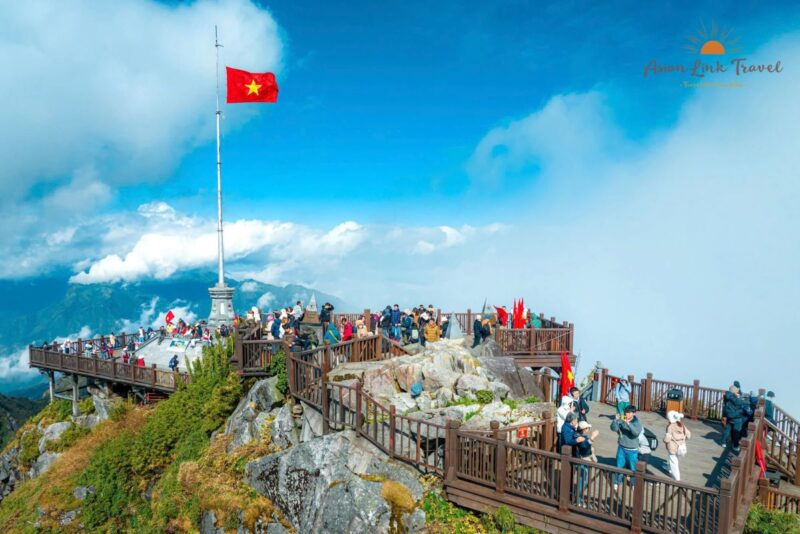Top Hue Sightseeing Tips for a Memorable Vietnam Vacation
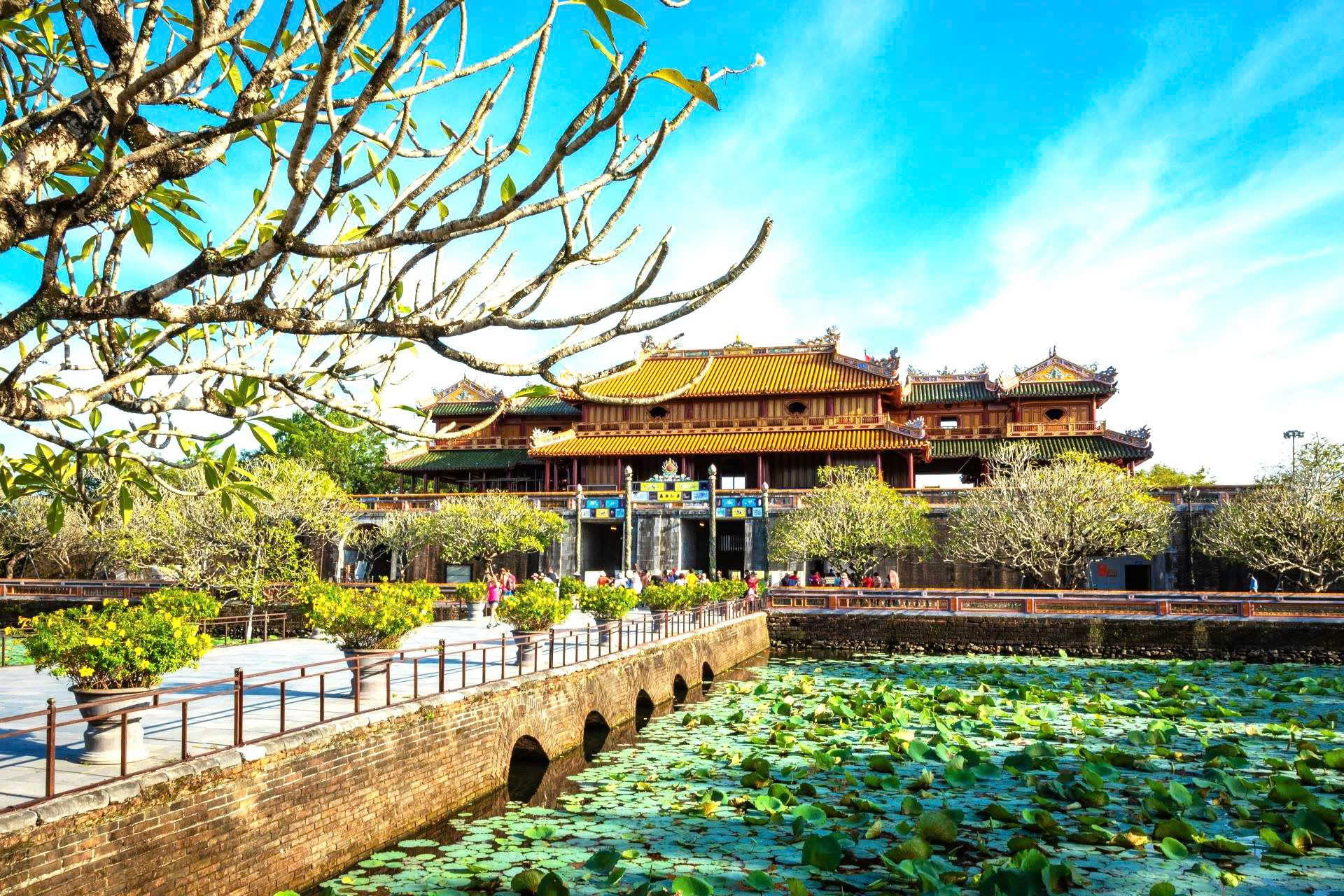
Hue, the former imperial capital of Vietnam, is a destination rich in history, culture, and scenic beauty. From majestic citadels and royal tombs to serene pagodas and peaceful rivers, this city offers a wealth of unforgettable experiences. Whether you’re visiting for the first time or returning to soak in its calm charm, these Hue sightseeing tips will help you explore the city like a local and make the most of your trip.
Let’s dive into everything you need to know before, during, and after your journey to Hue.
Exploring Hue: Why It’s a Must-Visit Destination in Vietnam

Nestled on the banks of the Perfume River in Central Vietnam, Hue was once the heart of the Nguyen Dynasty and still reflects its imperial legacy through majestic architecture, refined cuisine, and traditional lifestyles. Unlike the hustle of Hanoi or the buzz of Ho Chi Minh City, Hue offers a more introspective travel experience — slower, deeper, and culturally enriching.
That’s why Hue sightseeing tips are essential. Planning wisely will let you absorb both the highlights and hidden corners of this atmospheric city.
Best Time to Visit Hue
Hue has a tropical monsoon climate, so timing your trip can make a big difference. Here’s what to consider:
Dry Season (March to August): The best time for sightseeing. Clear skies and warm weather allow comfortable visits to outdoor landmarks.
Rainy Season (September to December): Hue can get heavy rain and occasional floods. If you visit during this time, pack waterproof clothing and plan indoor activities.
Tet Holiday (January–February): A festive but crowded time to explore. Great for cultural immersion, but book accommodation early.
One of our top Hue sightseeing tips is to check the lunar calendar if you’re interested in festivals and avoid rainy months if you’re focused on photography or outdoor touring.
How to Get to Hue
There are several convenient ways to reach Hue:
By Plane: Phu Bai International Airport serves domestic flights and is just 30 minutes from the city center.
By Train: Hue’s train station connects with Da Nang, Hanoi, and Ho Chi Minh City. It’s scenic, affordable, and a great local experience.
By Bus: Open-tour buses are widely available and budget-friendly, though slower.
By Private Car: Popular for travelers coming from Da Nang or Hoi An, especially via the picturesque Hai Van Pass.
Hue sightseeing tips often include recommendations to combine your visit with nearby destinations like Da Nang or Hoi An for a more complete Central Vietnam experience.
Getting Around Hue
The best way to explore Hue depends on your travel style:
Cyclo (xích lô): A leisurely way to see the inner city, especially the Imperial Citadel.
Bicycle: Ideal for scenic rides along the Perfume River or countryside.
Motorbike Rental: Affordable and flexible — popular with experienced travelers.
Taxi or Grab: Easy for point-to-point travel.
Boat Ride: Don’t miss a dragon boat cruise on the Perfume River, especially at sunset.
Insider Hue sightseeing tips include hiring a local motorbike driver as a guide. They often know lesser-known spots and can enrich your journey with personal stories.
Top Attractions in Hue You Can’t Miss
The Imperial City (Citadel)
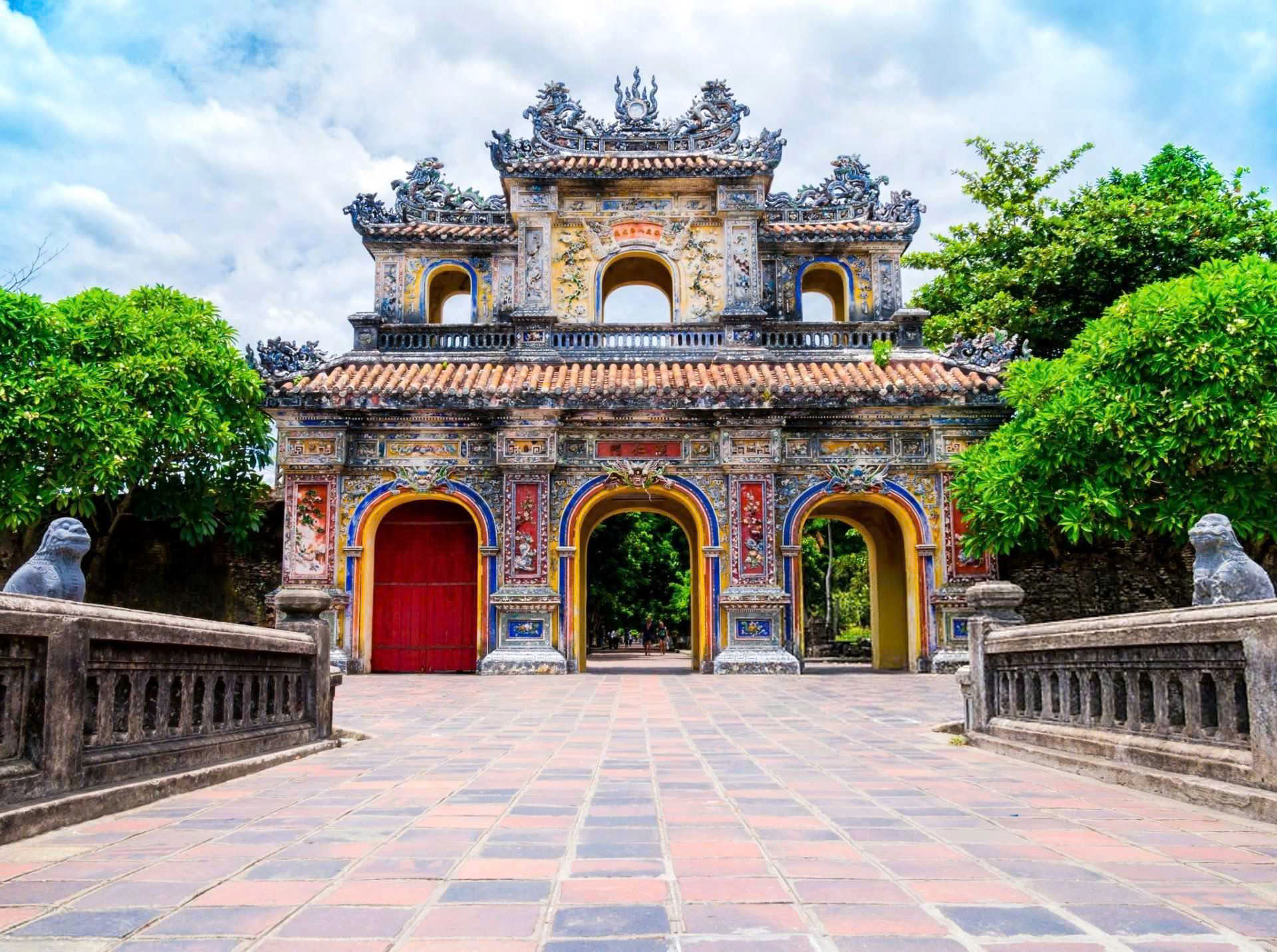
This UNESCO World Heritage site is the crown jewel of Hue. Built in the early 19th century, it features moats, gates, royal halls, and the Forbidden Purple City.
Hue sightseeing tips: Arrive early to avoid crowds, hire a guide or rent an audio guide to understand the history, and wear comfortable shoes — the site is huge.
Thien Mu Pagoda
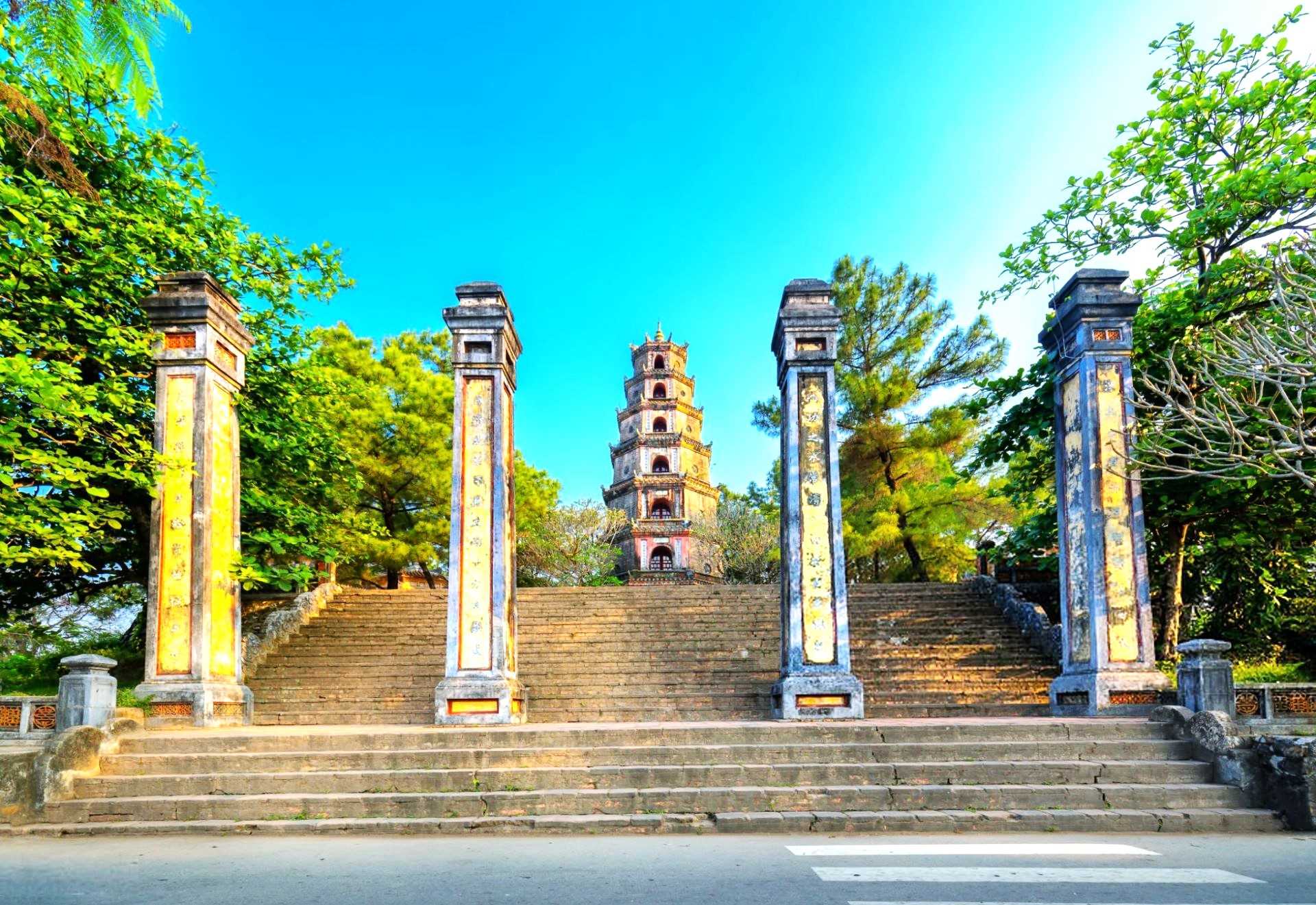
Hue’s most iconic pagoda, standing gracefully by the Perfume River. It’s a spiritual and architectural symbol of the city.
Tip: Visit in the late afternoon for soft light and peaceful atmosphere.
Tomb of Emperor Khai Dinh
This imperial tomb combines traditional Vietnamese design with European elements. It’s known for its dramatic hillside location and intricate interior mosaic work.
Hue sightseeing tips: Bring water — there are many stairs, but the views are rewarding.
Tomb of Emperor Minh Mang
A serene complex surrounded by lakes, bridges, and gardens. It reflects the emperor’s Confucian ideals and love for symmetry.
Tip: Best visited in the morning when it’s quiet and not too hot.
Dong Ba Market
A bustling place to discover local flavors, handicrafts, and daily life. It’s chaotic but full of character.
Hue sightseeing tips: Go early for the freshest food, and try local dishes like Banh Beo, Nem Lui, and Bun Bo Hue.
Cultural Experiences to Try in Hue
Traditional Hue Music (Nhã nhạc Cung đình)
This royal court music is performed on dragon boats or at local cultural venues. It’s soothing, elegant, and a key part of Hue’s heritage.
Ao Dai Experience
Try wearing the traditional Vietnamese dress and take photos at the citadel or riverside.
Local Workshops
Join a craft class to make incense, conical hats, or folk paintings.
Hue sightseeing tips: Booking through local tour operators can ensure authentic experiences and support community artisans.
Best Places to Eat in Hue
Hue is famous for its refined and spicy cuisine. Here are some can’t-miss dishes:
Bun Bo Hue: Spicy beef noodle soup, richer than pho.
Banh Khoai: Crunchy pancake with shrimp, pork, and bean sprouts.
Banh Beo: Steamed rice cakes topped with dried shrimp.
Nem Lui: Grilled pork skewers eaten with rice paper and herbs.
Popular restaurants include:
Hanh Restaurant (for local specialties)
Les Jardins de la Carambole (fusion and romantic setting)
Dong Ba Market stalls (authentic street food)
Hue sightseeing tips: Always ask locals for their favorite eateries — many are hidden gems not found in guidebooks.
Where to Stay in Hue
Hue offers a wide range of accommodations to fit every budget:
Luxury: Azerai La Residence, Pilgrimage Village
Mid-Range: Alba Spa Hotel, Eldora Hotel
Budget: Hue Nino Hotel, Stay Hotel
Choose hotels near the river or citadel for easy access to sights. Many offer bicycle rentals or tour packages.
Day Trips from Hue
If you have extra time, explore these nearby attractions:
Bach Ma National Park: Great for hiking and nature lovers.
Tam Giang Lagoon: Peaceful, with floating restaurants and sunset views.
Thanh Toan Bridge & Village: Traditional wooden bridge and countryside culture.
Hue sightseeing tips: Hiring a local guide for day trips can provide cultural insight and save time navigating rural areas.
Safety and Practical Tips for Hue
Weather: Always check forecasts. Bring a hat and sunscreen in the dry season, or a poncho in the wet months.
Money: Most places accept cash only. ATMs are available but bring small bills for market shopping.
Language: English is limited. Learn a few Vietnamese phrases — it goes a long way.
Respect: Dress modestly at religious sites. Ask before taking photos of people.
Transport Scams: Use Grab or reputable taxi companies like Mai Linh.
One of the most important Hue sightseeing tips is to slow down — Hue is best appreciated at a gentle pace.
Hue for Different Travelers
Solo Travelers: Hue is safe, affordable, and full of cultural depth.
Couples: Romantic boat rides and candle-lit dinners in the old town.
Families: Easy-to-walk areas, friendly locals, and mild activities.
History Buffs: Countless tombs, temples, and artifacts to explore.
Final Thoughts
These Hue sightseeing tips will help you unlock the full beauty and depth of one of Vietnam’s most historic cities. From royal palaces and sacred temples to flavorful dishes and local crafts, Hue offers a travel experience that is both reflective and enriching.
Whether you’re exploring ancient tombs, drifting down the Perfume River, or savoring royal cuisine, Hue is sure to leave a lasting impression. Plan smart, travel respectfully, and let the charm of this former imperial capital unfold before you.
Make sure to bookmark this guide and return to it as you prepare for your journey — and remember, the best experiences often happen when you least expect them.
